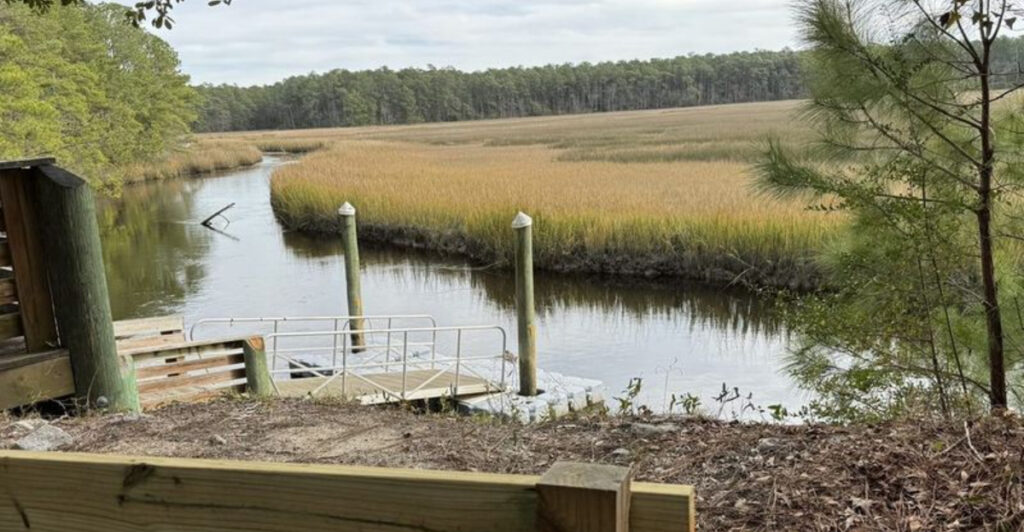Tucked away along South Carolina’s coast lies McClellanville, a tiny fishing village that looks like it was designed by Hollywood set decorators. Spanish moss drapes ancient oak trees while shrimp boats bob peacefully in creeks that mirror the golden sky. This authentic coastal gem offers visitors a chance to step into what feels like a romantic drama or heartwarming small-town film. Every corner tells a story worth discovering.
1. The Postcard-Perfect Waterfront
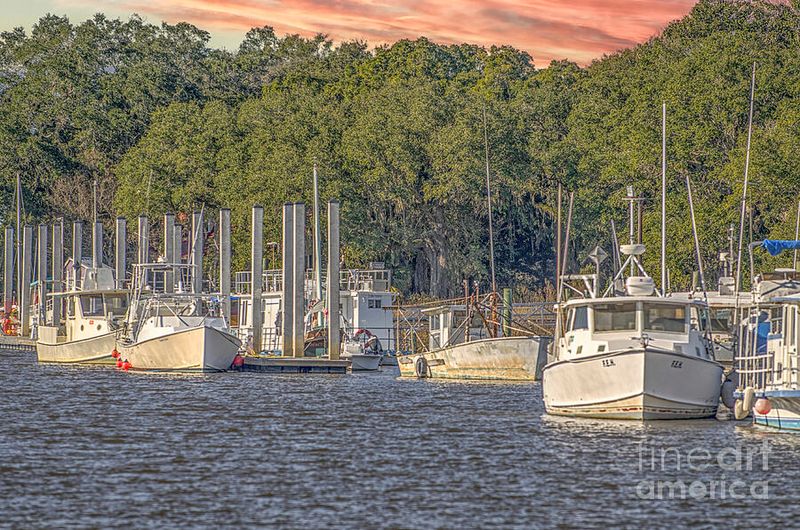
Jeremy Creek Marina captures everything magical about coastal living in one breathtaking view. Weathered shrimp boats rest gently against wooden docks while pelicans perch on weathered pilings.
Golden hour transforms this working marina into pure cinematic gold. The way sunlight dances across the water creates scenes that rival any romantic movie backdrop.
Local fishermen mend nets as seabirds circle overhead, creating an authentic atmosphere that feels both timeless and perfectly staged for the cameras.
2. Live Oak-Alley Roads

Centuries-old live oaks create natural cathedral arches over McClellanville’s entrance roads. Their massive branches, draped in flowing Spanish moss, form tunnels of green that filter sunlight into magical patterns.
These majestic trees have witnessed generations of coastal life unfold beneath their canopy. Each gnarled branch tells stories of hurricanes weathered and seasons celebrated.
The romantic atmosphere rivals famous movie locations, creating that perfect Southern Gothic ambiance that makes visitors feel like they’ve stepped into a beloved film.
3. Historic Village Charm
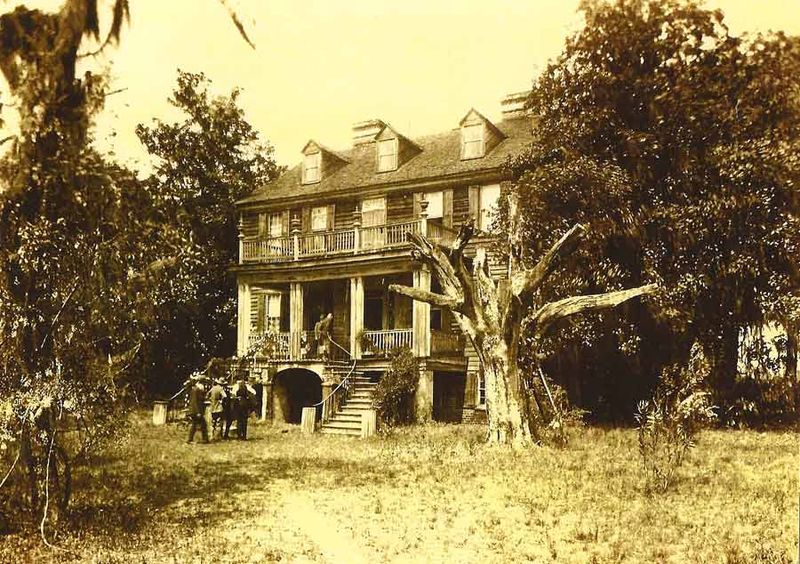
McClellanville earned its place on the National Register of Historic Places through careful preservation of its antebellum architecture. White clapboard churches and grand historic homes line quiet streets where time seems suspended.
Walking these peaceful lanes feels like browsing through a living history book. Each building represents a different chapter in coastal Carolina’s rich past.
The absence of modern commercial development preserves an authentic atmosphere that movie producers spend fortunes trying to recreate on studio lots.
4. The Old Schoolhouse Turned Restaurant
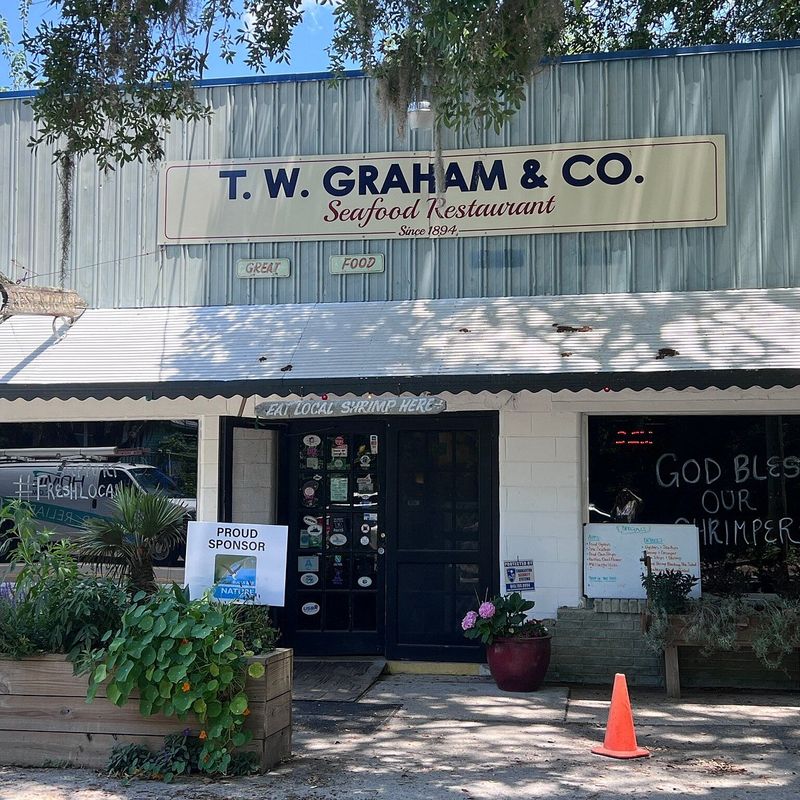
T.W. Graham & Co. transforms a 1920s schoolhouse into one of the coast’s most atmospheric dining experiences. Original hardwood floors creak pleasantly underfoot while vintage fixtures cast warm light over communal tables.
Fresh local shrimp and creamy stone-ground grits arrive on plates that could grace any food movie scene. The building’s educational past adds character that chain restaurants simply cannot replicate.
Conversations flow easily in this converted classroom where locals and visitors share meals that taste like home cooking from a heartwarming film.
5. A Real-Life Shrimping Village
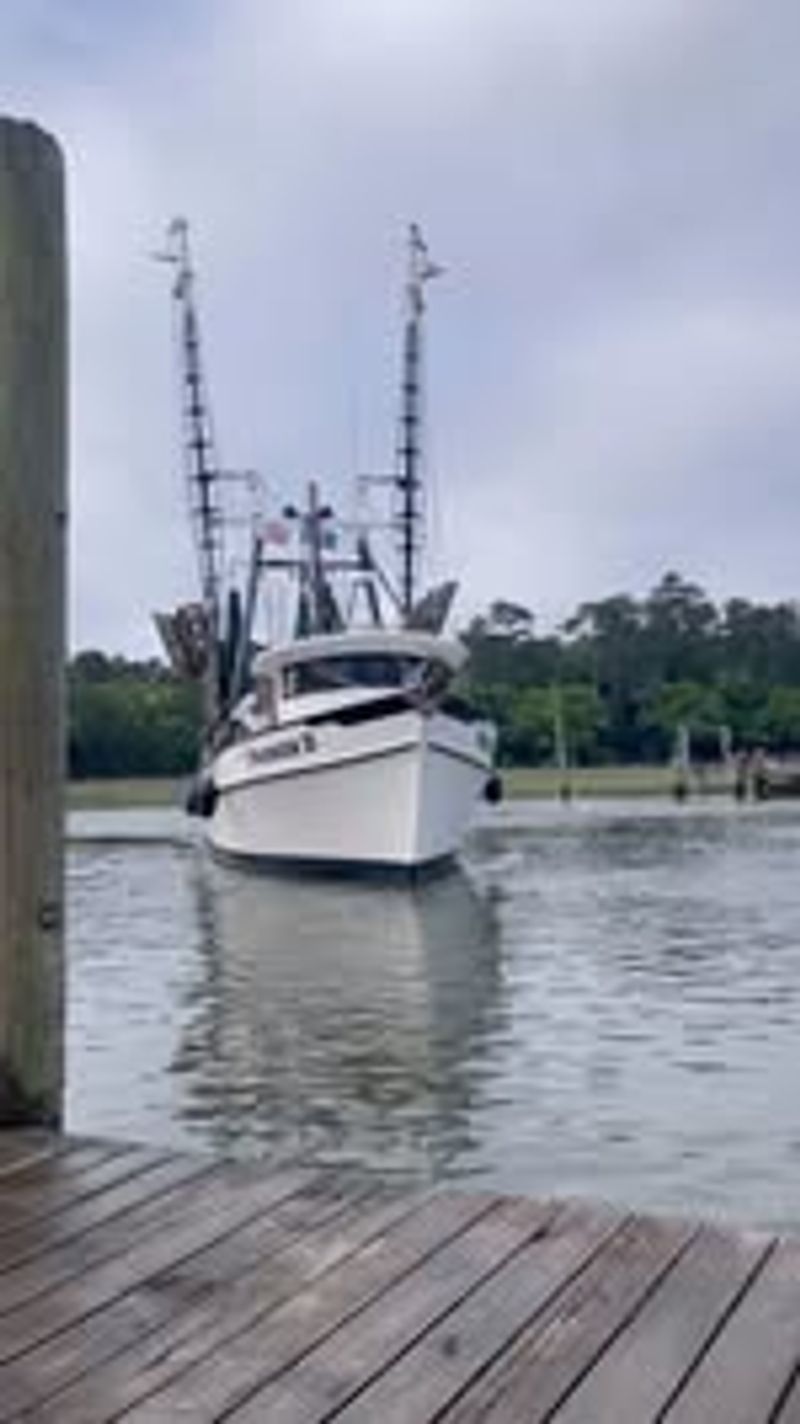
Unlike tourist-focused coastal towns, McClellanville remains a genuine working fishing community. Early morning brings the sight of shrimp boats returning with their overnight catches, nets heavy with the ocean’s bounty.
Watching crews unload their harvest creates scenes reminiscent of classic films about coastal life. The rhythmic work and casual conversations between fishermen feel authentically cinematic.
This proximity to filming locations for movies like Forrest Gump adds extra magic, making visitors feel connected to beloved coastal movie moments.
6. The Marshland Boardwalks
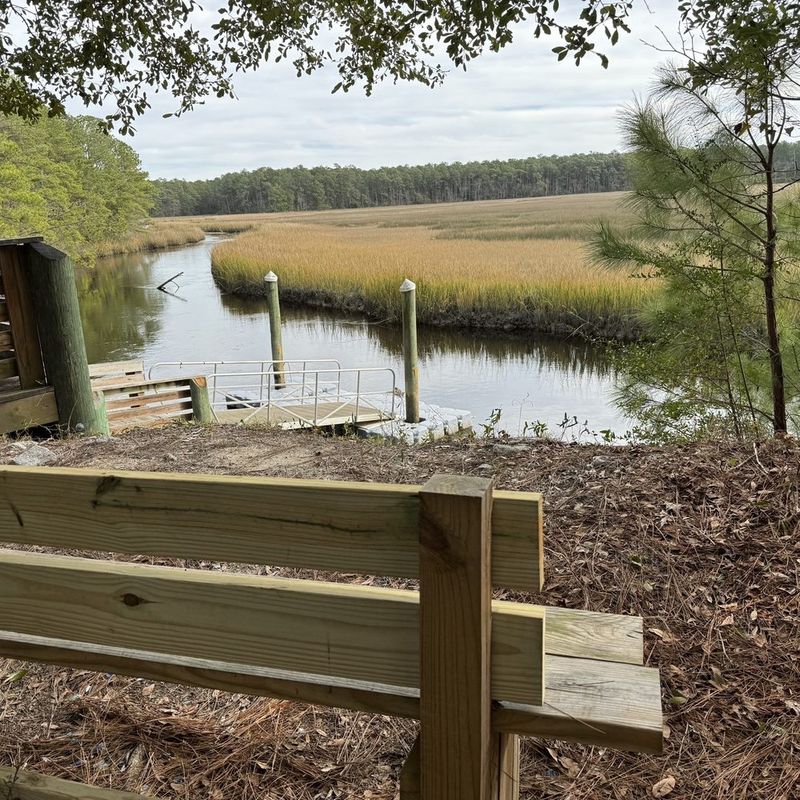
Buck Hall Recreation Area features wooden boardwalks that wind gracefully through pristine salt marshes. These elevated paths offer intimate access to coastal ecosystems without disturbing delicate wildlife habitats.
Sunset strolls along these weathered planks create perfect romantic movie moments. Marsh grasses sway in evening breezes while herons hunt patiently in shallow waters.
The peaceful solitude and natural beauty provide ideal settings for quiet contemplation or meaningful conversations that could anchor any thoughtful film scene.
7. The Slow-Paced Lifestyle
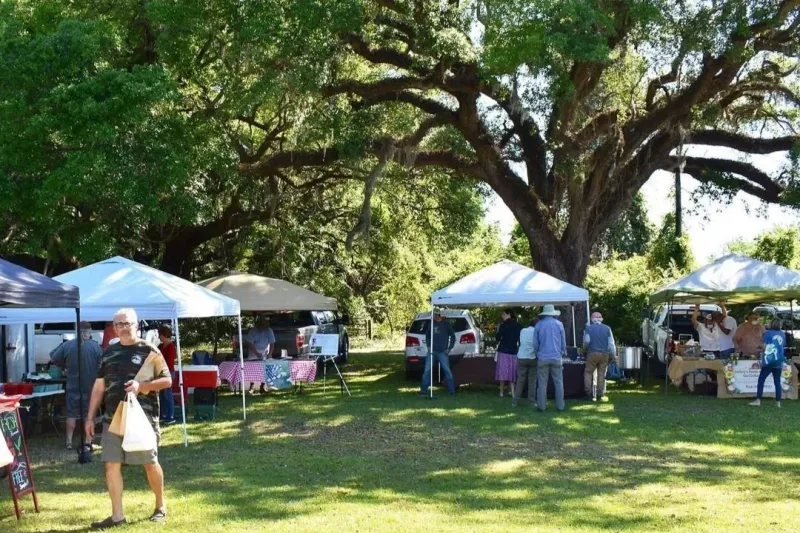
McClellanville operates without traffic lights or chain stores, creating an atmosphere where porch swings and neighborly conversations define daily rhythms. Time moves at nature’s pace rather than digital demands.
Residents wave from gardens where vegetables grow alongside flowers planted by previous generations. Children ride bicycles on quiet streets while adults pause for genuine conversations.
This unhurried lifestyle mirrors the gentle pacing of classic films where character development matters more than action sequences, creating lasting impressions on every visitor.
8. The Abandoned Rice Fields

Stretching beyond the village like forgotten chapters of history, abandoned rice plantations create an otherworldly landscape. These flooded fields, once the backbone of Carolina’s economy, now serve as haunting backdrops perfect for dramatic scenes.
Wildlife has reclaimed these watery expanses, turning them into bird sanctuaries where herons wade silently. The crumbling dikes and overgrown canals whisper stories of antebellum prosperity.
Photographers and filmmakers find these ethereal wetlands irresistible, capturing misty sunrises that dance across still waters like something from a period drama.
9. The Annual Lowcountry Shrimp Festival
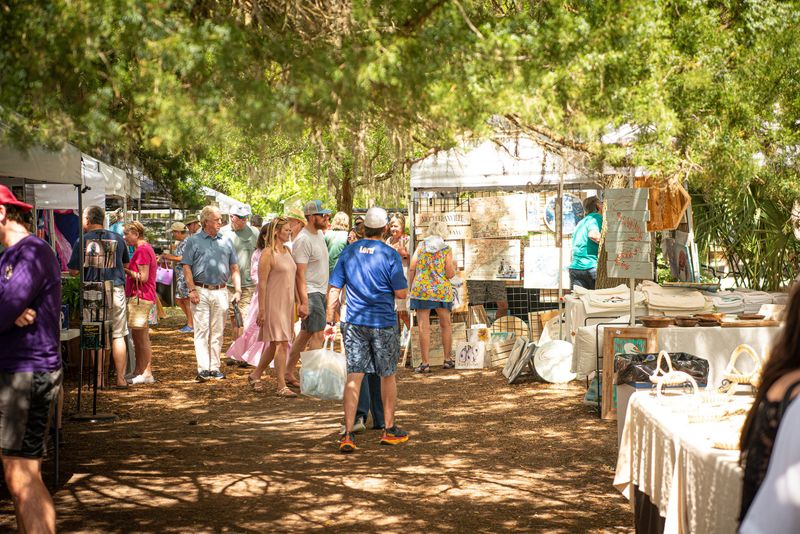
Every spring, the village transforms into a bustling carnival scene worthy of any feel-good movie. Local shrimpers display their catch while families gather under colorful tents, creating picture-perfect moments of community spirit.
Children run between booths selling handmade crafts as the aroma of fresh shrimp and grits fills the air. Live bluegrass music echoes off historic buildings, adding soundtrack-quality ambiance.
The festival showcases authentic Lowcountry culture without tourist polish, giving visitors genuine interactions with multigenerational fishing families who’ve called this place home for decades.

